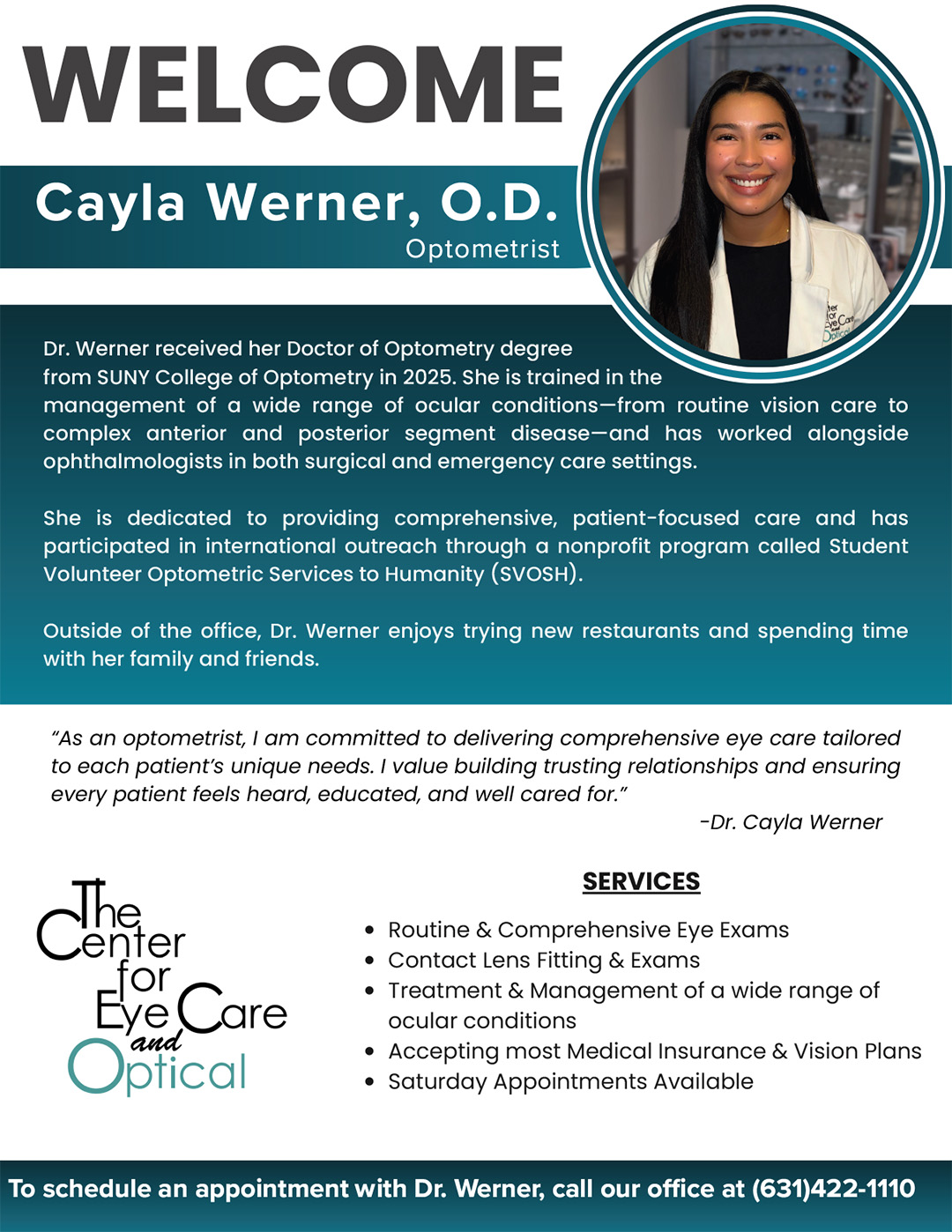Diabetic eye disease, also known as diabetic retinopathy, is a potentially sight-threatening complication of diabetes. It affects the blood vessels in the retina, the light-sensitive tissue at the back of the eye. This article aims to provide comprehensive information about diabetic eye disease for individuals with diabetes and those concerned about their eye health
Diabetes and Its Link to Eye Disease
Diabetes is a chronic condition that affects how your body processes glucose (sugar) in the blood. High blood sugar levels over time can damage the delicate blood vessels in the retina, leading to diabetic eye disease. It is essential for individuals with diabetes to manage their condition effectively to reduce the risk of developing this serious eye complication.
Types of Diabetic Eye Disease
There are several types of diabetic eye disease, but the two main ones are:
Diabetic Retinopathy: This is the most common type and occurs when high blood sugar levels damage the tiny blood vessels in the retina. Diabetic retinopathy can progress through two stages:
Non-proliferative diabetic retinopathy (NPDR): In the early stage, blood vessels in the retina weaken and may leak fluid or blood.
Proliferative diabetic retinopathy (PDR): In advanced cases, new abnormal blood vessels grow on the surface of the retina, which can lead to severe vision loss.
Diabetic Macular Edema (DME): DME is a complication of diabetic retinopathy. It occurs when fluid accumulates in the macula, the central part of the retina responsible for sharp vision. DME can cause blurred or distorted central vision.
Risk Factors
Several factors increase the risk of diabetic eye disease:
Duration of Diabetes: The longer you have diabetes, the higher the risk.
Poor Blood Sugar Control: Maintaining stable blood sugar levels is crucial.
High Blood Pressure: Hypertension can worsen diabetic eye disease.
High Cholesterol: Elevated cholesterol levels can contribute to eye complications.
Pregnancy: Diabetic women may be at higher risk during pregnancy.
Tobacco and Alcohol Use: Smoking and excessive alcohol consumption can exacerbate the condition
Symptoms
In the early stages, diabetic eye disease may not cause noticeable symptoms. As the condition progresses, you may experience:
Blurred or fluctuating vision
Dark spots or floaters
Difficulty seeing at night
Vision loss or sudden vision changes
Diagnosis and Screening
Regular eye exams are essential for detecting diabetic eye disease early. Your eye doctor can perform a dilated eye exam, retinal photography, and optical coherence tomography (OCT) to assess the condition of your retina. Early detection and intervention are crucial to preserving vision.
Treatment Options:
Treatment for diabetic eye disease may include:
Laser Therapy: Laser treatment can help seal leaking blood vessels or reduce the growth of abnormal vessels in the retina.
Anti-VEGF Injections: Medications can be injected into the eye to slow the progression of diabetic macular edema and diabetic retinopathy.
Surgery: In severe cases, surgery may be necessary to remove blood or scar tissue from the eye.
Diabetic eye disease is a significant concern for individuals with diabetes, but proactive management of blood sugar levels, regular eye exams, and timely treatment can help prevent vision loss. It is crucial to work closely with healthcare professionals to monitor and protect your eye health if you have diabetes. If you notice any changes in your vision, seek immediate medical attention to address potential diabetic eye complications.












